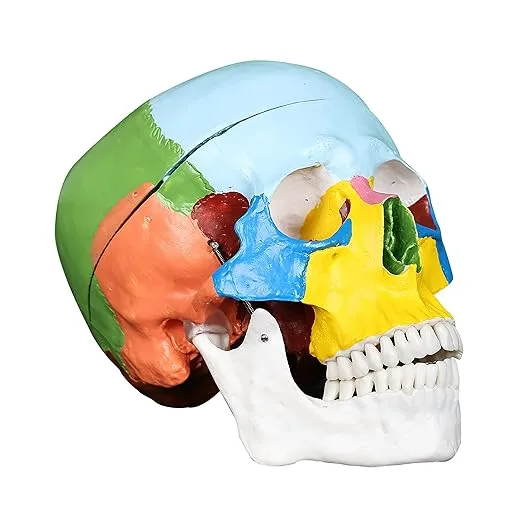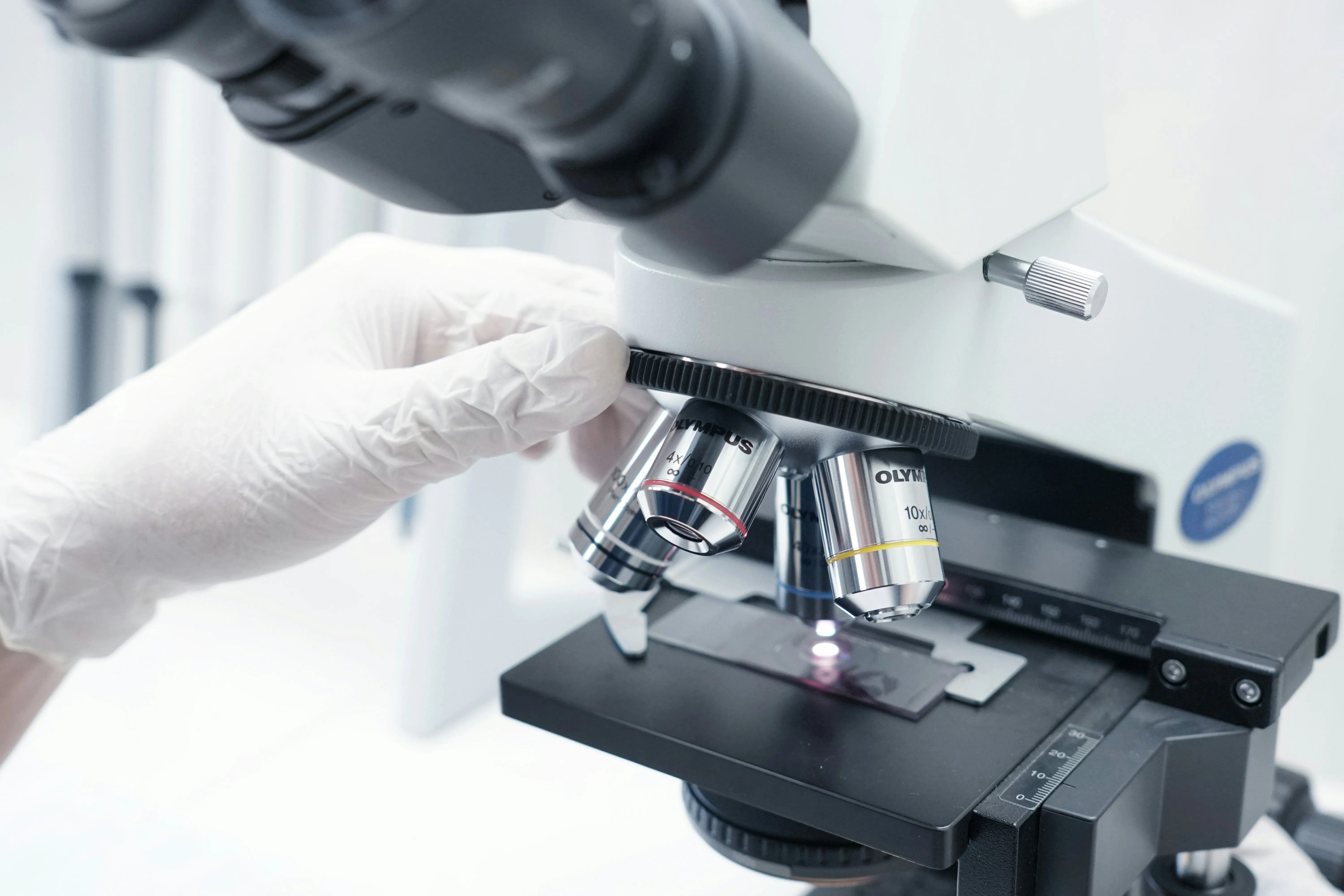
Choosing the Right Science Models for Classroom Demonstrations
Choosing the Right Science Models for Classroom Demonstrations
Classroom demonstrations play a vital role in making science concepts more understandable and engaging for students. While textbooks provide theoretical knowledge, visual and hands-on models help bridge the gap between concept and comprehension. At Vansh Enterprises, we offer a wide range of educational science models tailored for school and college-level teaching.
In this blog, we’ll guide you through choosing the right science models to enhance your classroom demonstrations and improve learning outcomes.
1. Understand Your Subject Focus
Before selecting any model, identify which subject area you want to reinforce:
-
Biology: Human anatomy, plant and animal cells, DNA structures
-
Physics: Electric circuits, laws of motion, optics models
-
Chemistry: Atomic structure, molecular models, periodic tables
-
Environmental Science: Water cycle, ecosystem models, pollution control setups
Choosing models based on the subject ensures relevance and better alignment with your curriculum.
2. Match Models with Student Level
Different academic levels require different levels of detail:
-
Primary School: Simple, colorful models to spark curiosity
-
Middle School: Functional models to demonstrate basic principles
-
High School/College: Detailed, accurate models for deeper understanding and practical learning
At Vansh Enterprises, we offer models suited to all academic levels—from basic to advanced.
3. Look for Durability and Quality
Classroom models are used frequently, so they must be sturdy and long-lasting. Poor-quality materials can lead to early damage and hinder effective learning.
Key things to check:
-
Material quality (plastic, metal, fiber)
-
Detailing and labeling
-
Ease of handling during class
Our models are crafted with high-quality materials and clear labels to ensure they’re both educational and durable.
4. Choose Interactive and Functional Models
Static models are helpful, but interactive models can take learning further. Choose models with moving parts or those that demonstrate actual processes, such as:
-
Working models of the heart or lungs
-
Electrical circuit boards
-
Gear or pulley systems for physics demonstrations
Interactive models allow students to see cause-and-effect in real-time, leading to better retention.
5. Consider Customization Needs
Sometimes, standard models may not fit a specific lesson plan. In such cases, custom models can help explain specialized topics.
At Vansh Enterprises, we also offer customized educational models designed to match your unique classroom requirements.
Why Choose Vansh Enterprises for Science Models?
-
Over 30 years of experience in manufacturing science education tools
-
A wide range of ready-made and custom models
-
Quality-tested products delivered across India
-
Trusted by schools, colleges, and training institutes
Conclusion
The right science models make complex ideas simple, memorable, and engaging. Whether you’re teaching biology, chemistry, or physics, investing in quality educational models enhances both teaching and learning.
Partner with Vansh Enterprises to bring clarity and curiosity into your classroom through our wide selection of reliable science models.
Contact us today for product inquiries, catalogs, or bulk orders.







